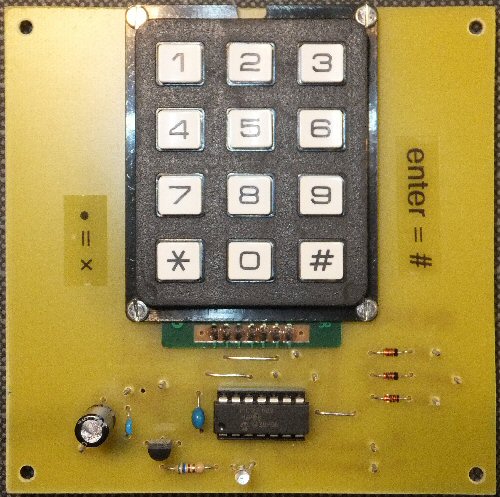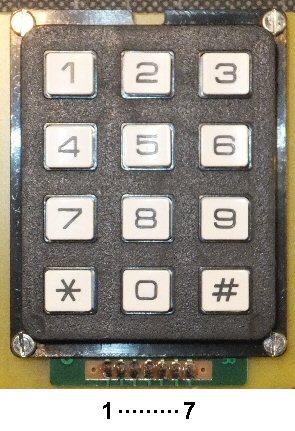G4JNT PIC project for the FT817 transceiver
direct frequency entry via keypad

|
G4JNT site |
3D printed FT817 brackets |
3D printed edge template |
more soon |
my radio page |
back to PIC page |
